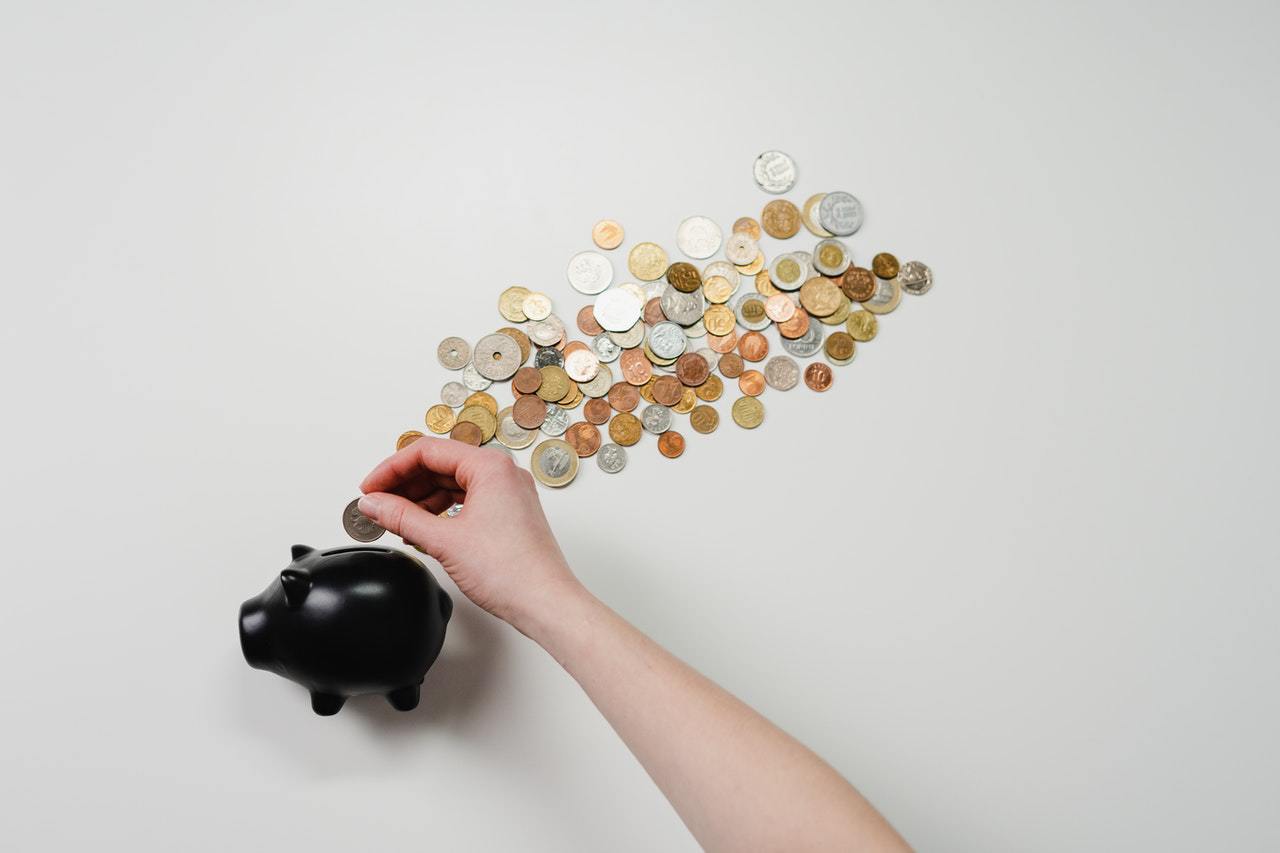Depending on where you bank and what types of accounts you hold, there may be a minimum amount of money you need to keep in a bank account. These minimum amounts, also called “minimum balances”, vary between institutions and may also vary within an institution, depending on the type of account in question. One of the most important questions you should ask when opening an account is whether there is a minimum balance requirement and the rules and fees that go along with it.
Minimum Amount of Money You Need to Keep in a Bank Account
The reason why banks sometimes impose these requirements is, quite simply, that customers cost banks money. Banks or credit unions have to pay overhead to run branches. And, let’s face it, a bank is a business and a business needs to make money. If an account’s balance dips below a certain amount, the interest that the bank earns on the money in the account may be insufficient to cover the costs of providing and maintaining the account. As such, banks impose various minimum balance requirements to ensure that all accounts are financially viable or profitable. Banks may penalize customers who fail to reach minimum balances by charging fees, preventing them from earning interest or even closing their accounts altogether.
How Much Money Should You Have in Your Checking Account?
There’s no absolute rule regarding how much money you should keep in your bank account. The amount of money you should keep in your checking account will depend on several factors:
- How much money you need for expenses
- How much money you aren’t using for investments
- Whether you earn interest on purchases
Your checking account should have at least enough money to cover all of your monthly expenses without going into a negative balance. However, cutting it close isn’t ideal. Ideally, you should have enough money in your checking account to cover your monthly expenses plus unexpected expenses like car repairs, house repairs, and emergencies.
Keep Emergency Money in Your Checking Account
Think of your checking account as the place to store money you might need to use, while your savings account is for storing money you don’t need to access.
Some people use their savings accounts to hold money for emergencies, but doing that creates a problem. When your money is in a savings account you won’t have access to your money through your ATM card.
If you have an emergency and need quick access to your cash, you have to go to the bank or sign online to initiate a transfer to your checking account. If you’re not in a position to catch a Wi-Fi signal and you can’t get to the bank, you may as well not have any money at all.
As a general rule, keep 3x the amount of your monthly expenses in your checking account at all times. That way, you’ll be covered if your paycheck is short or late, and you won’t be caught without access to your money in the case of an emergency.
How Much Money Should You Have in Your Savings Account?
The short answer is “as much as possible.” However, there are stipulations as to how much money you should keep in your savings account. The amount of money you should keep in your savings account will depend on several factors:
- How much money you’ve committed to saving each paycheck
- How much money you need to cover 6 months of expenses
- Whether you earn interest on your balance
- Whether you have a CD that requires you to keep a minimum balance
Hopefully, you’ve got a routine where you save a set amount of money from each paycheck. The amount of money you keep in your savings account should reflect your continued efforts to save. In other words, once you put that money in – don’t take it out.
For most individuals, a savings account balance should be between $3,000-$5,000 at minimum. For families, this number should be much higher. However, a general rule is to keep six months of expenses in your savings account in case you lose your job.
Earning good interest on a savings account today is rare, but in the case that you do earn decent interest, keep as much money as you can in your savings account.
If your savings account balance doesn’t earn any interest – or the interest you earn is insignificant – don’t keep your balance too high. Once you have six months of expenses saved up, you should consider investing your money instead of growing your savings account.
However, if you have a CD that requires you to maintain a minimum balance, you’ll want to keep padding your savings account so you don’t risk dropping your balance below that threshold.
Different Types of Balance Requirements
There are different types of minimum balance requirements: daily, average, or combined. Here’s a breakdown of these minimum balance requirements and how they work.
Minimum Daily Balance
A daily balance requirement is assessed at the end of every business day. For example, if an institution has a $100 daily balance requirement, this means that $100 is the minimum amount of money you need to have in the bank account by the end of each business day. You can go below that amount throughout the day as long as you replenish it to $100 by close of business day. The upside of minimum daily balances is that they’re very easy to understand. Never fall below the balance, and you won’t pay a fee. The downside is that they are unforgiving. Even if your balance falls below the requirement for one day, there’s no way to recover. This is easy to let happen by accident, especially if you have signed up for automatic payments to your credit cards or other subscription services.
Average Minimum Balance
Banks with this requirement will find the average balance in your account over a monthly period, and if it’s below the bank’s requirement, you’ll be penalized. This can be easier to maintain than a daily balance requirement as it allows you to drop below the advertised minimum for a short time while still avoiding the monthly fee. The bank records your account balance at the end of each business day. At the end of your statement cycle (usually one month), the bank averages those balances by adding them up and dividing that figure by the number of days in your statement cycle.
Minimum Combined Balances
The minimum combined balance requirement counts the balances of every account that you have at the financial institution. These additional balances can help you keep the new account fee-free. Minimum combined balances can either be daily, or average balance requirements, so pay attention to how your bank tracks things. Depending on the account requirements, these additional accounts may include savings and money market accounts, IRAs, and even lines of credit.
Ways to Avoid Fees
Banks may offer several ways to avoid paying monthly fees, and you might qualify for a fee waiver even if your balance is too low.
- Set up direct deposit. If you have your paychecks deposited directly into your account, your bank likely won’t require you to maintain a minimum balance. Always check, however, if your bank does require a minimum monthly deposit, such as $500.
- Use your account. Some banks waive fees, for example, if you use your debit card at least 5 or 10 times per month.
- Ask about options. Find out if there’s an online-only or paperless option at your existing bank as they may reward you for using online services in the way of fee reductions.
- Choose a student account. If you qualify for a student checking account, get one. These accounts typically do not have minimum balance requirements and generally offer other perks like no monthly maintenance fee. Proof of enrollment is required, of course.
- Switch to an online bank or credit union. Online banks have almost no overhead because they don’t operate brick-and-mortar branches and can reduce or eliminate minimum balance requirements. Because credit unions are nonprofits that are owned and run by their members, they may use their earnings to reward their members with better rates, no maintenance fees, and no minimum deposit requirements.
- Prepaid debit cards. If there’s just no way to avoid paying monthly maintenance fees to your bank, look into prepaid debit cards. Instead of depositing funds into your bank account, you’ll “load” funds onto your card. You can spend your balance just like with any other debit card, and some cards offer online bill payment and other features. Remember that you can’t earn interest on savings with a prepaid card. Plus, it might not be FDIC insured, and it may come with higher than normal fees.
Minimum Amount of Money you Need to Keep in a Bank Account: Bottom Line
Different institutions have different requirements for the minimum amount of money you need to keep in a bank account so take the time to comparison shop. The important thing is that you’re happy with the bank you choose and that the type of accounts they offer work for your lifestyle and your financial needs. And, if there are minimum balance requirements, you’re able to meet them without paying a huge price in the long run.







